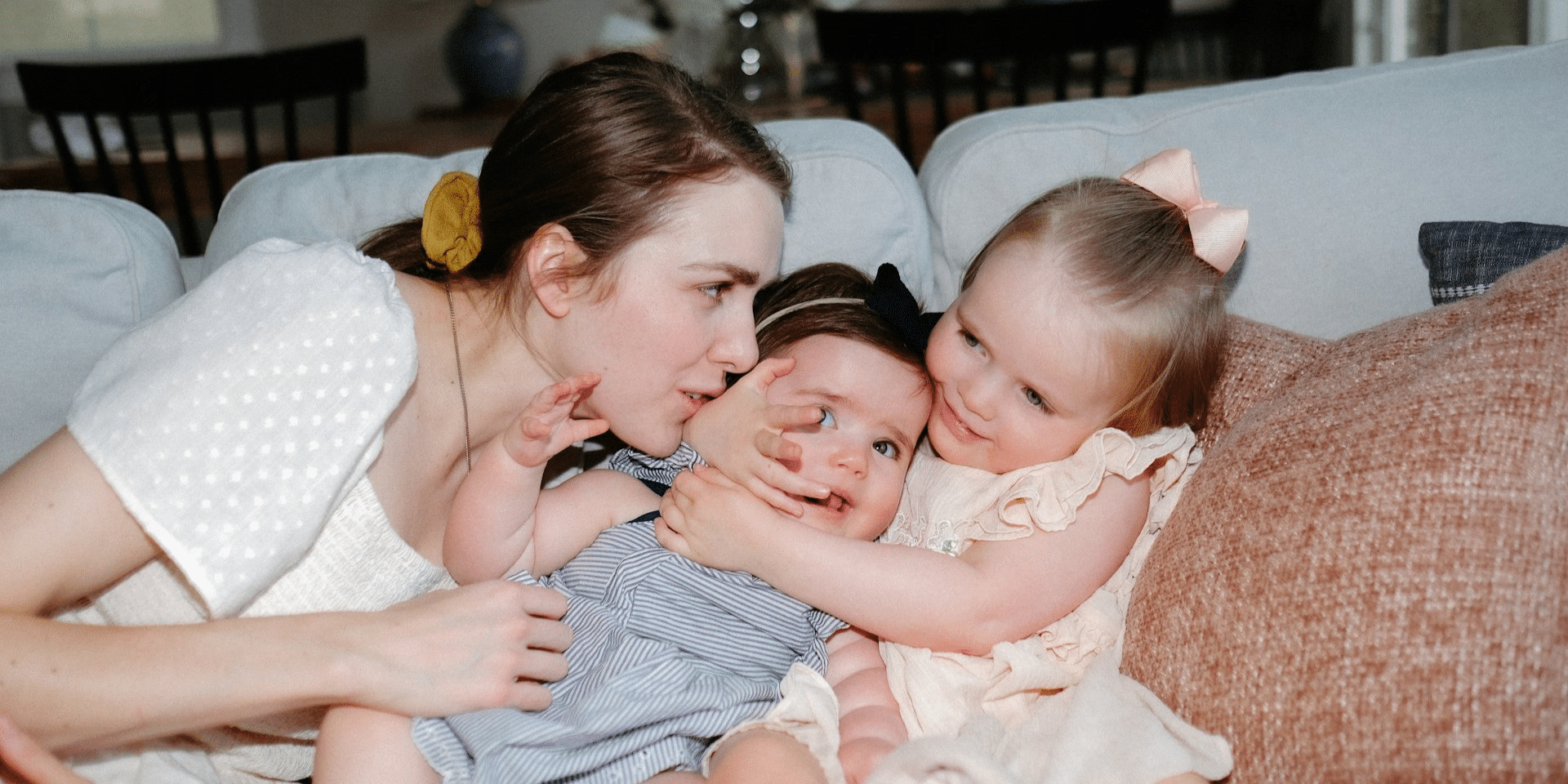Improvisation, the art of spontaneous creation and performance, has long been a valuable tool in the world of filmmaking. While many films rely on carefully scripted dialogue and meticulously planned scenes, improvisation offers filmmakers and actors the freedom to explore new ideas, inject authenticity into performances, and breathe life into characters and scenes. In this article, we’ll explore the ways in which improvisation can improve films and contribute to their overall quality and success.
1. Authenticity and Realism
One of the most significant benefits of improvisation in films is its ability to enhance authenticity and realism. When actors are given the freedom to improvise dialogue and actions, they can tap into their emotions and instincts to create more authentic and believable performances. Instead of reciting lines from a script, actors can respond organically to the moment, allowing their characters to come alive in a way that feels genuine and true to life. This authenticity can be especially powerful in films with naturalistic or documentary-style storytelling, where the goal is to capture the rawness and spontaneity of real-life interactions.
2. Spontaneity and Creativity
Improvisation encourages spontaneity and creativity on set, allowing filmmakers and actors to explore new ideas and push the boundaries of traditional storytelling. By improvising dialogue, actions, and reactions, actors can surprise both themselves and their fellow cast members, creating moments of genuine emotion and connection that can elevate the overall quality of the film. Additionally, improvisation can lead to unexpected plot twists and character developments, adding depth and complexity to the story and keeping audiences engaged and invested in the narrative.
3. Collaboration and Teamwork
Improvisation fosters collaboration and teamwork among cast and crew members, encouraging open communication and mutual trust on set. When actors are given the freedom to improvise, they must rely on each other to listen, react, and build off of each other’s contributions, creating a sense of camaraderie and unity among the cast. Similarly, directors and writers can collaborate with actors to co-create scenes and dialogue, allowing for greater input and creative input from everyone involved in the filmmaking process. This collaborative approach can result in more dynamic and compelling performances that resonate with audiences on a deeper level.
4. Flexibility and Adaptability
In addition to enhancing authenticity and creativity, improvisation offers filmmakers greater flexibility and adaptability on set. When faced with unexpected challenges or changes in the production schedule, improvisation allows actors to think on their feet and adapt to new circumstances in real-time. Whether it’s adjusting dialogue to better fit the tone of a scene or improvising physical actions to overcome technical obstacles, improvisation enables filmmakers to find creative solutions to problems and keep the production moving forward smoothly.
5. Capturing Authentic Moments
Some of the most memorable moments in film history have been the result of improvisation, capturing authentic and unscripted moments of emotion, humor, and spontaneity. From the iconic “Here’s looking at you, kid” line in Casablanca to the improvised dance scene in Pulp Fiction, these moments of improvisation have become indelible parts of cinematic history, resonating with audiences and critics alike. By allowing actors to improvise, filmmakers can capture these genuine moments of connection and emotion, adding depth and resonance to their films and leaving a lasting impact on viewers.
6. Enhancing the Editing Process
Finally, improvisation can improve the editing process by providing filmmakers with a wealth of raw material to work with in post-production. By filming multiple takes of improvised scenes, directors and editors can cherry-pick the best moments and stitch them together to create a seamless and cohesive narrative. This flexibility allows filmmakers to experiment with different pacing, timing, and emotional beats, refining the final cut of the film to maximize its impact on audiences.
Improvisation is Inevitable
Improvisation plays a vital role in enhancing the quality and success of films, allowing filmmakers and actors to tap into their creativity, spontaneity, and authenticity to create more engaging and memorable cinematic experiences. By encouraging collaboration, fostering teamwork, and capturing authentic moments of emotion and connection, improvisation adds depth, richness, and humanity to films, elevating them beyond mere entertainment and into the realm of art. As filmmakers continue to explore new ways of storytelling and expression, improvisation will undoubtedly remain a valuable tool in their creative arsenal, enriching the cinematic landscape and delighting audiences for generations to come.






